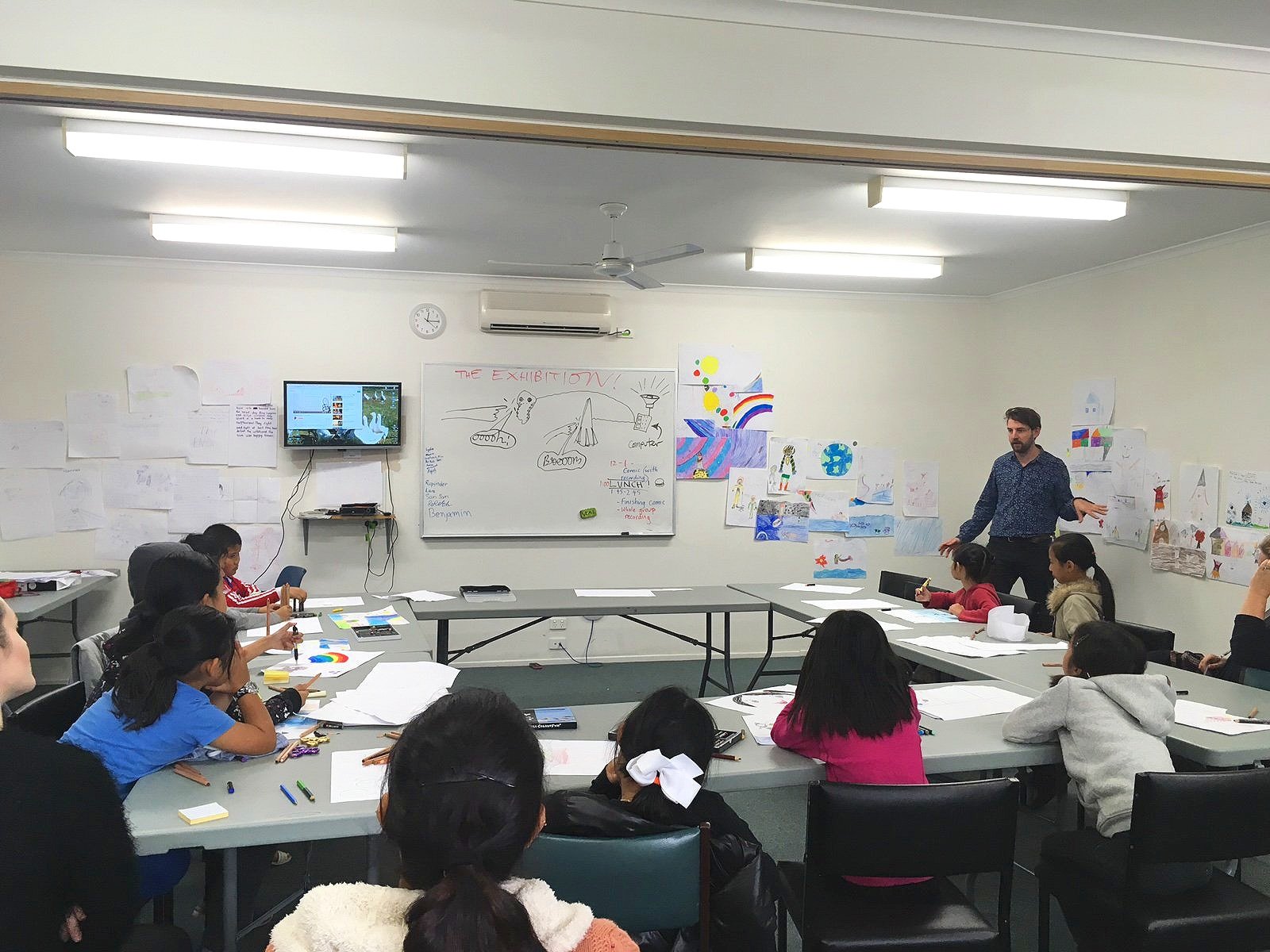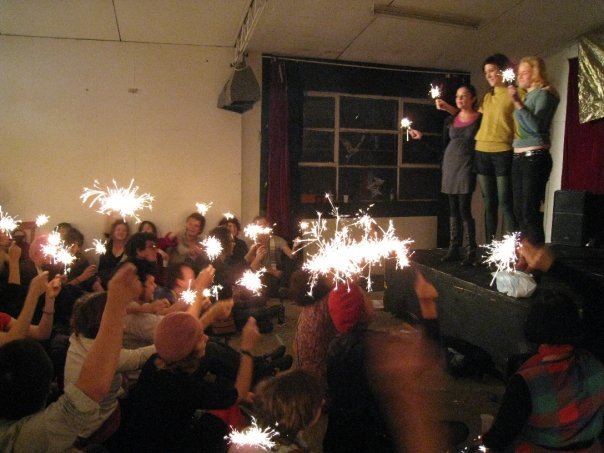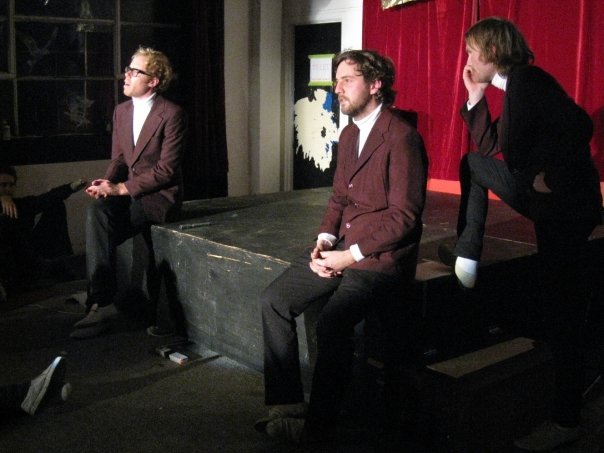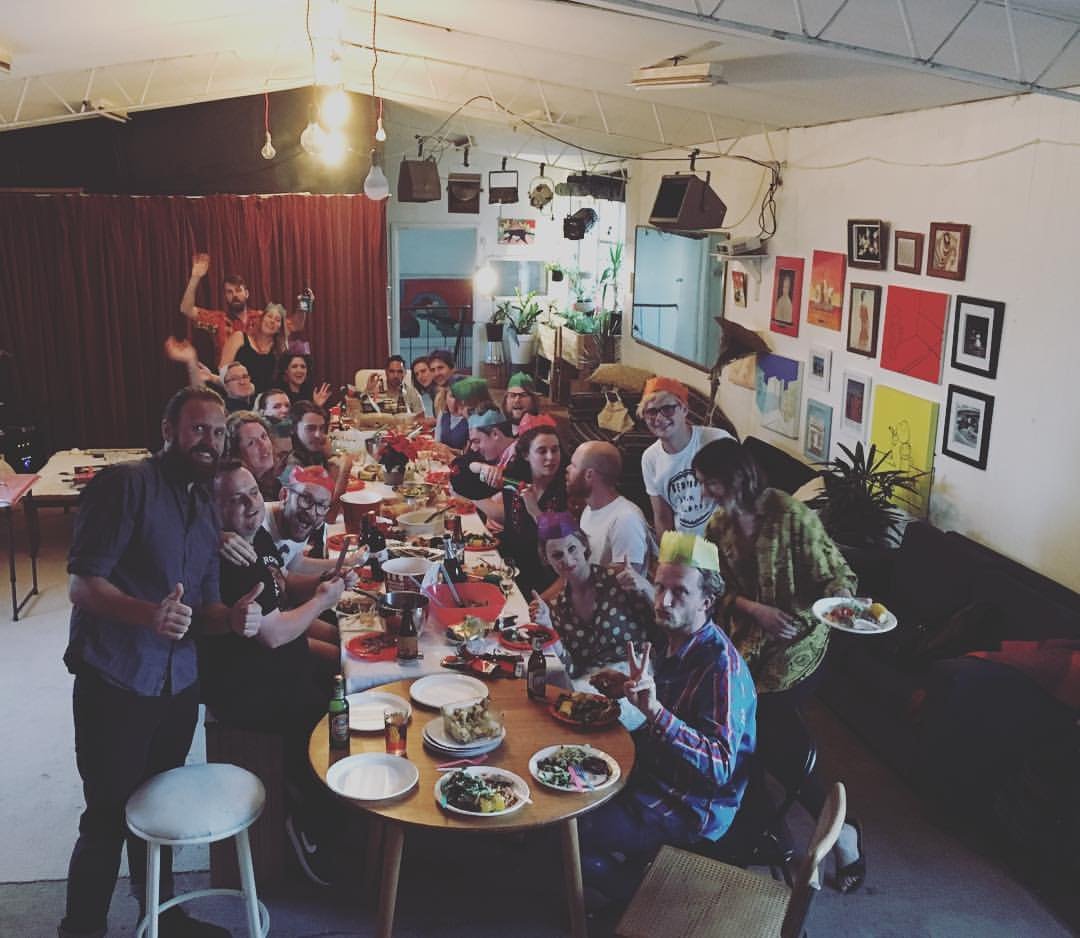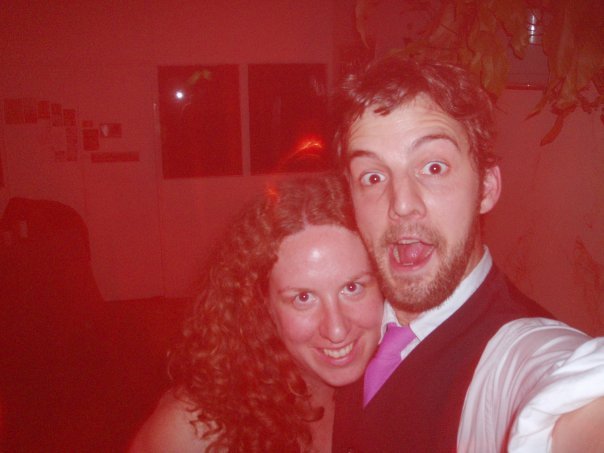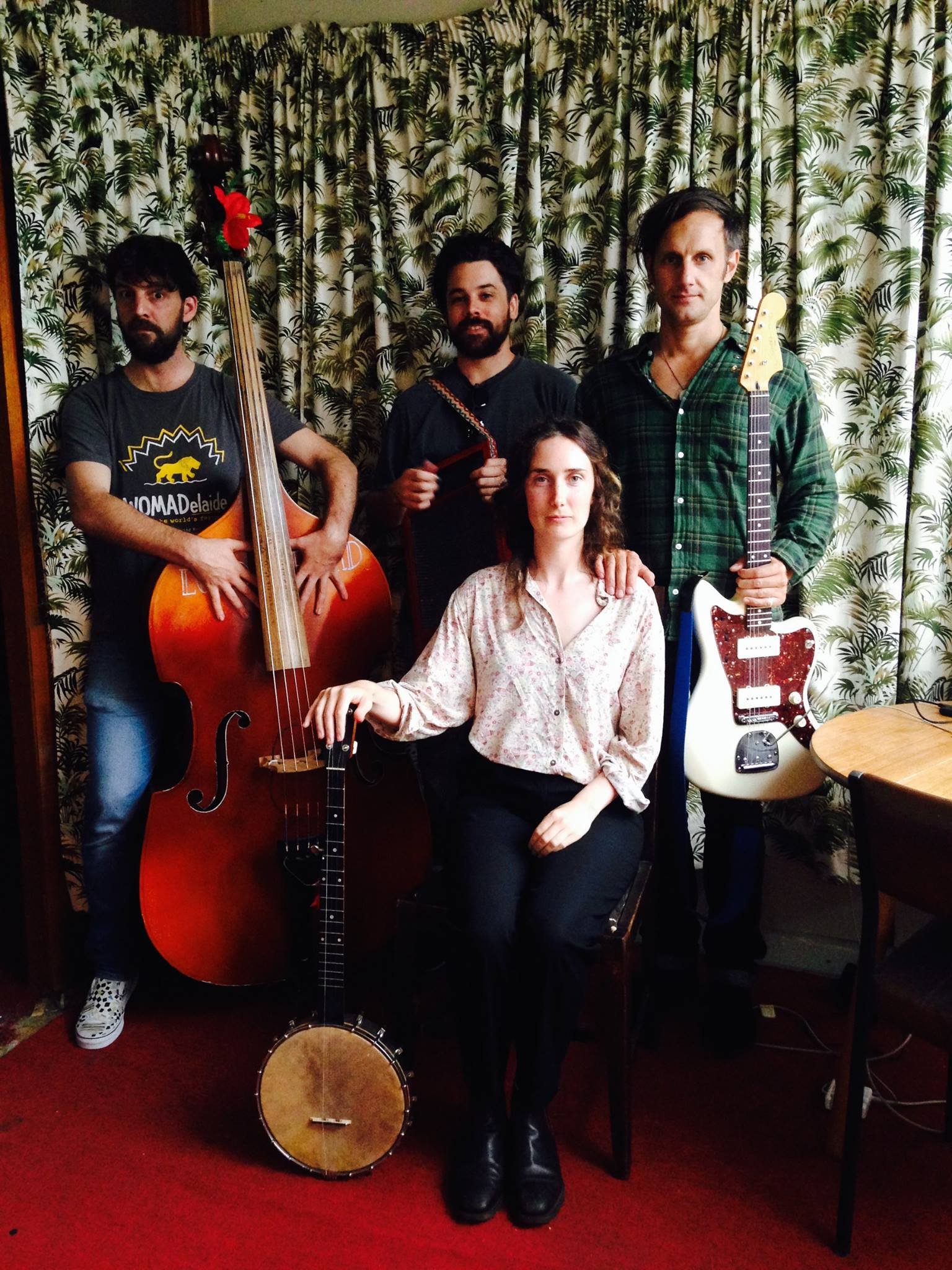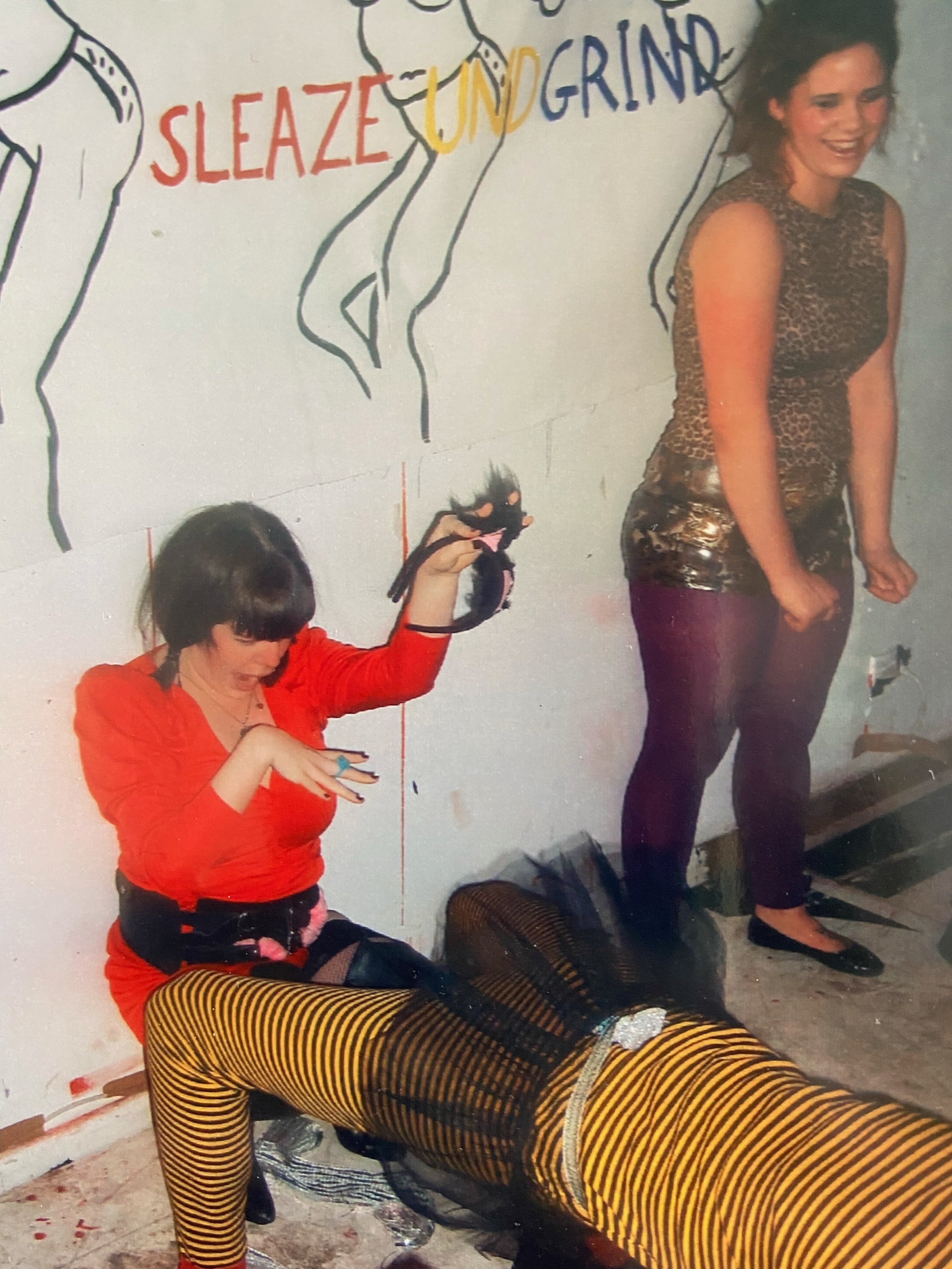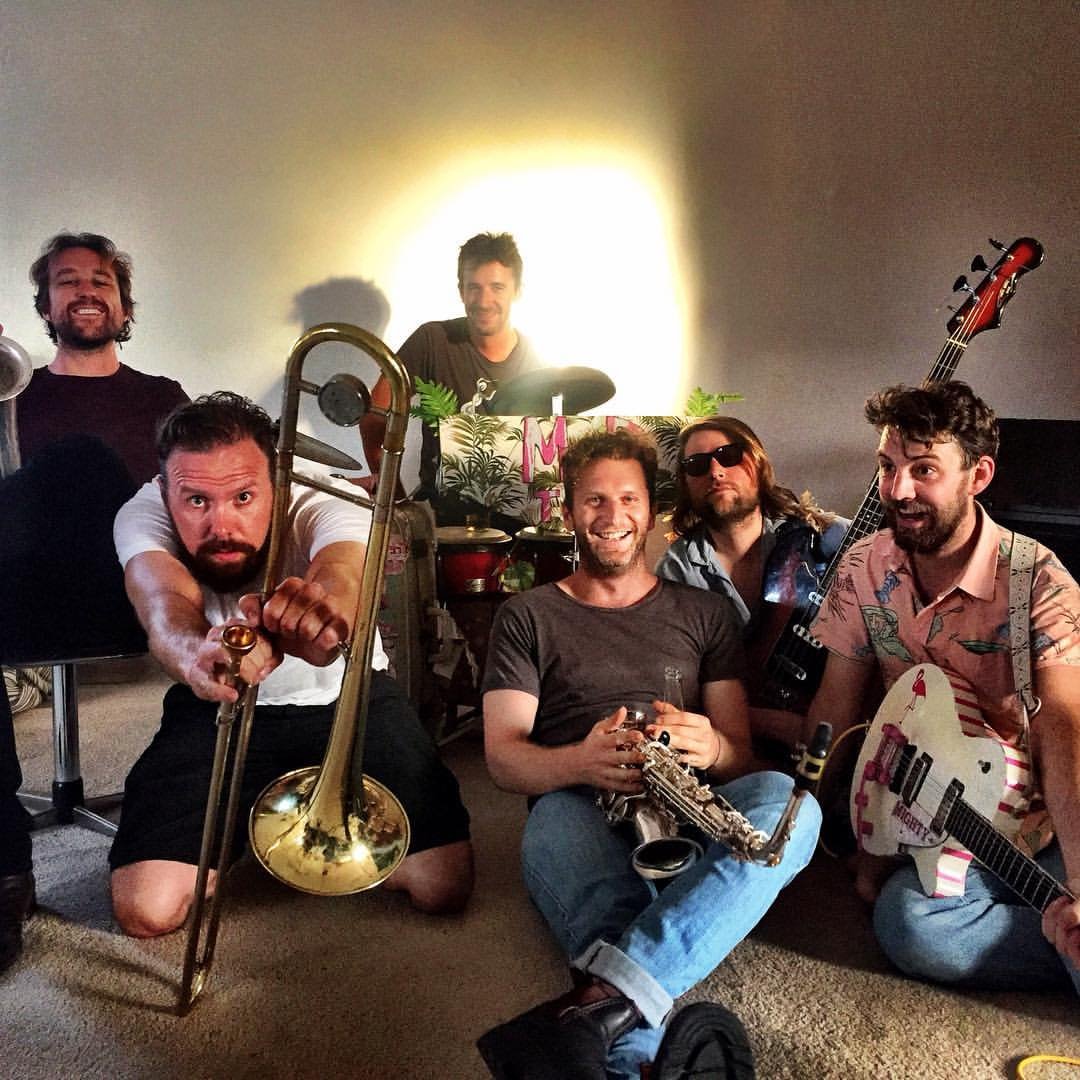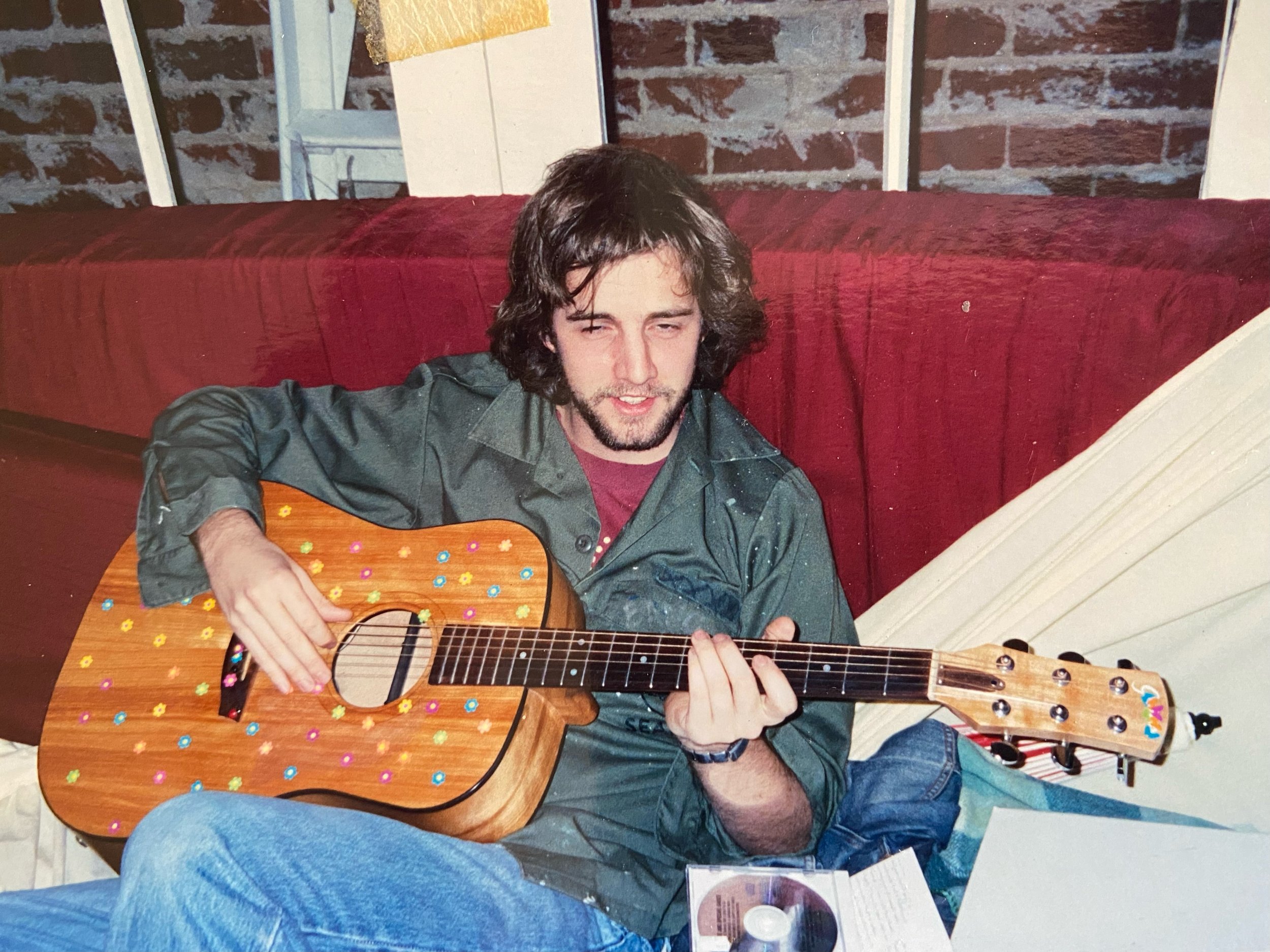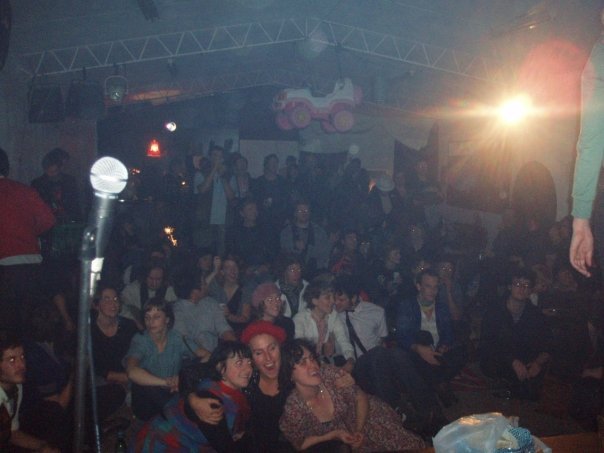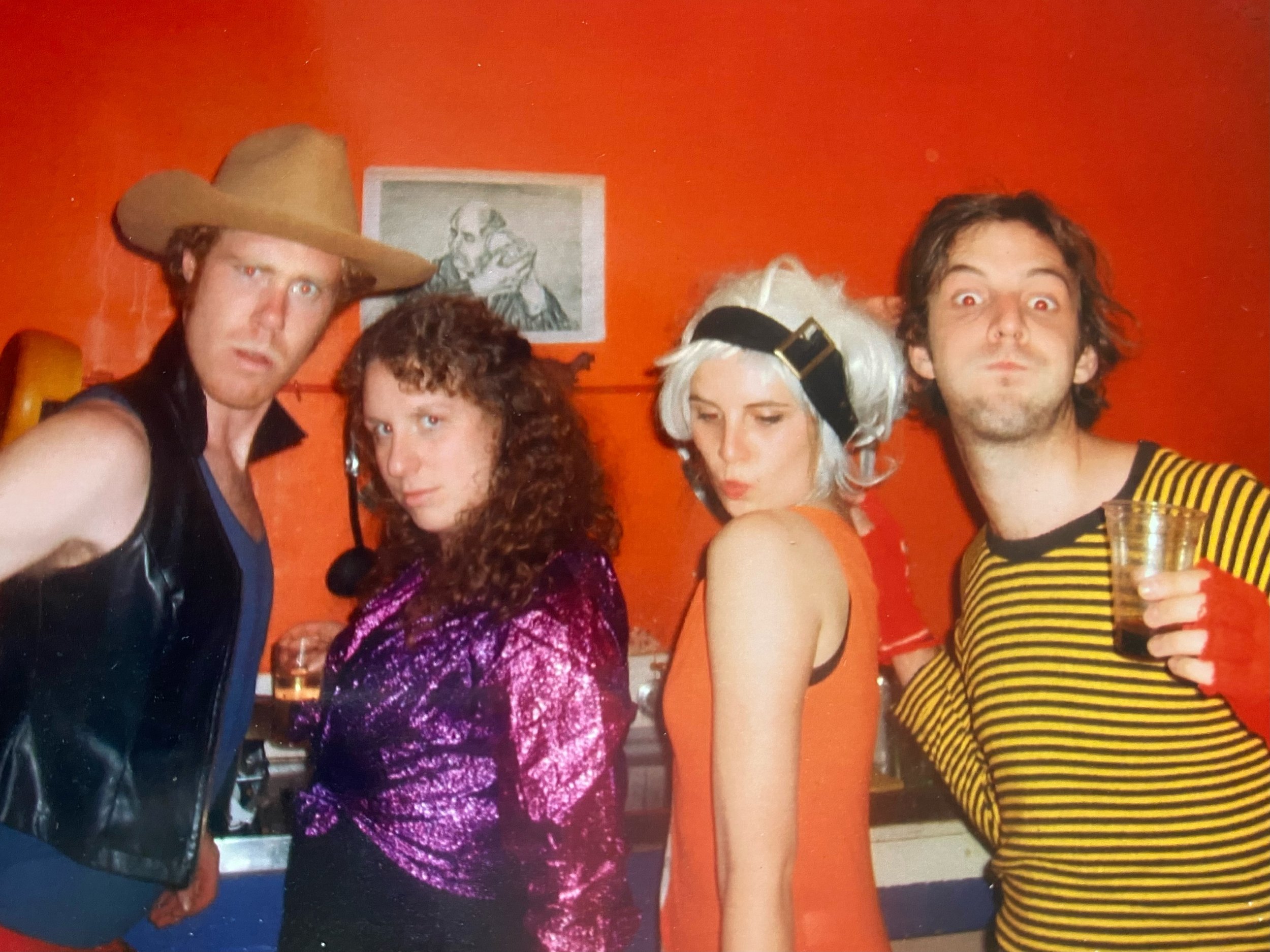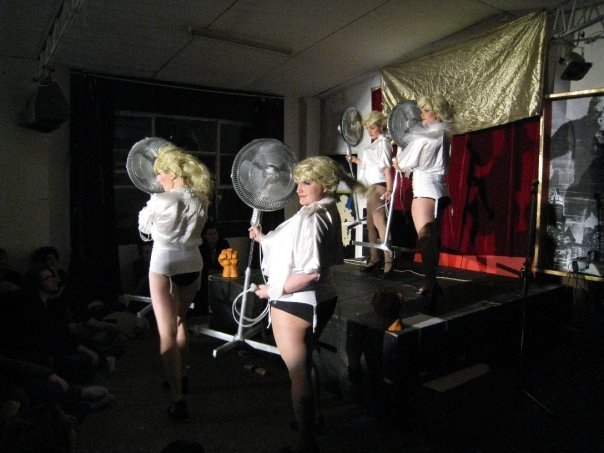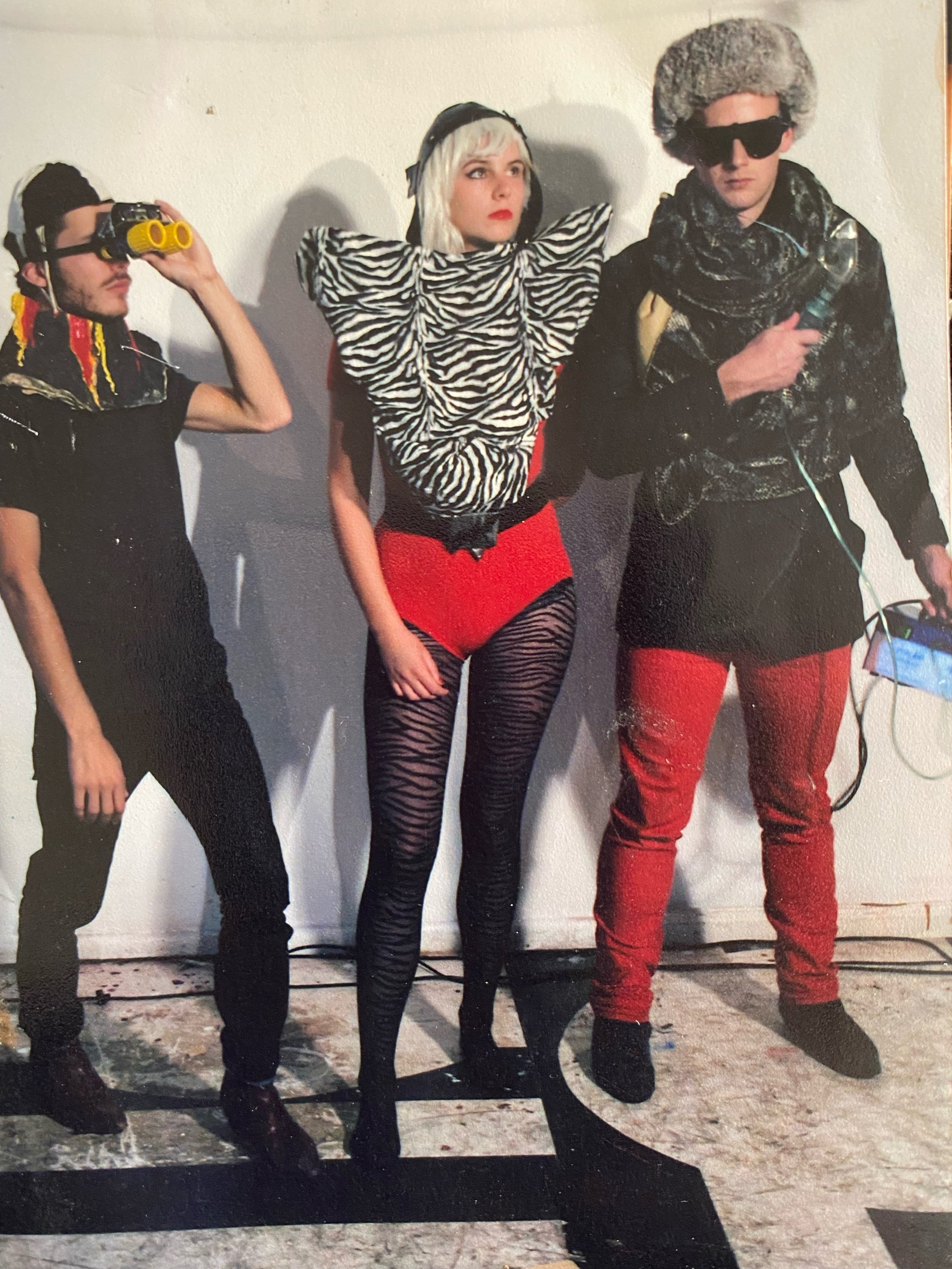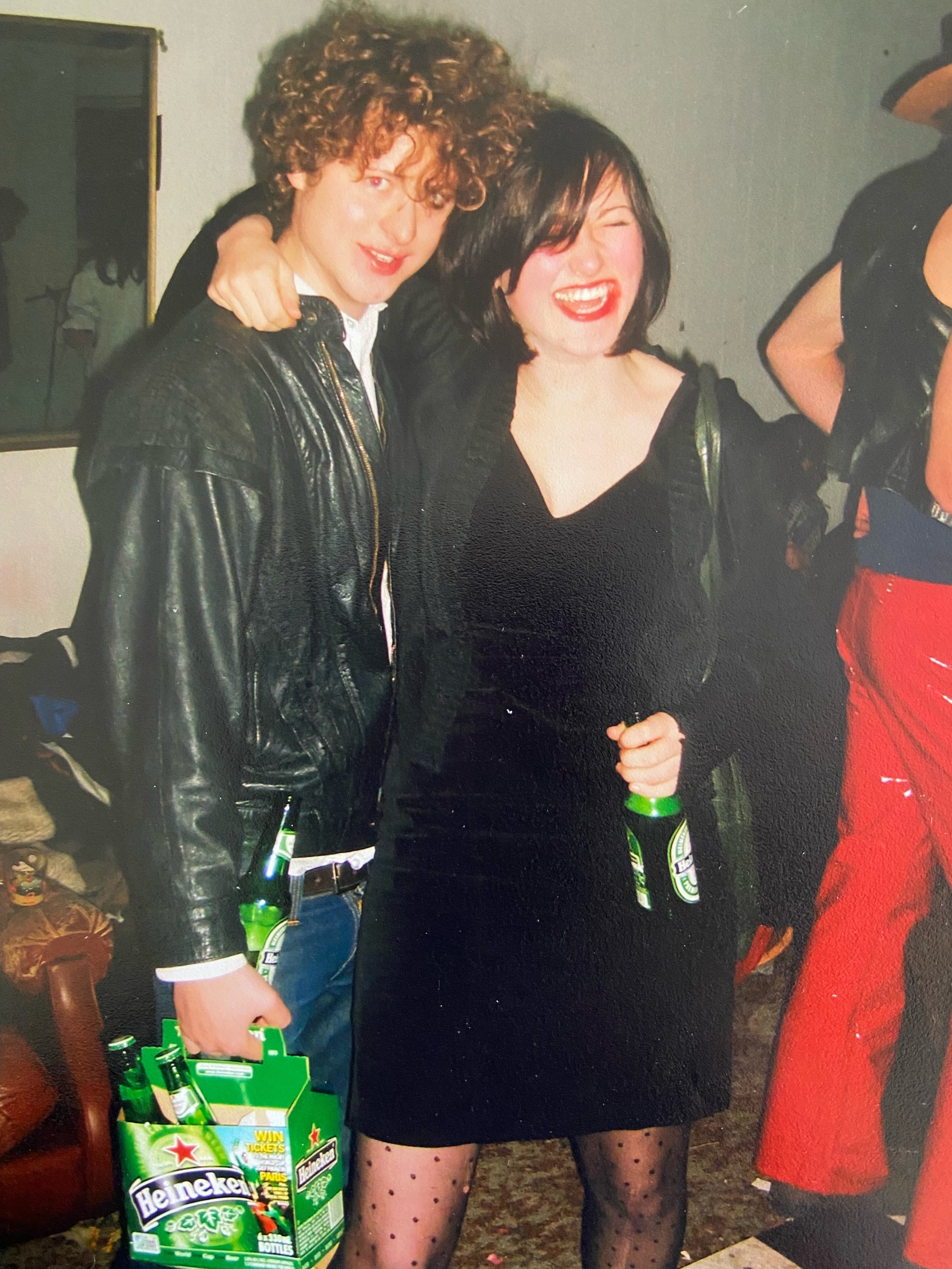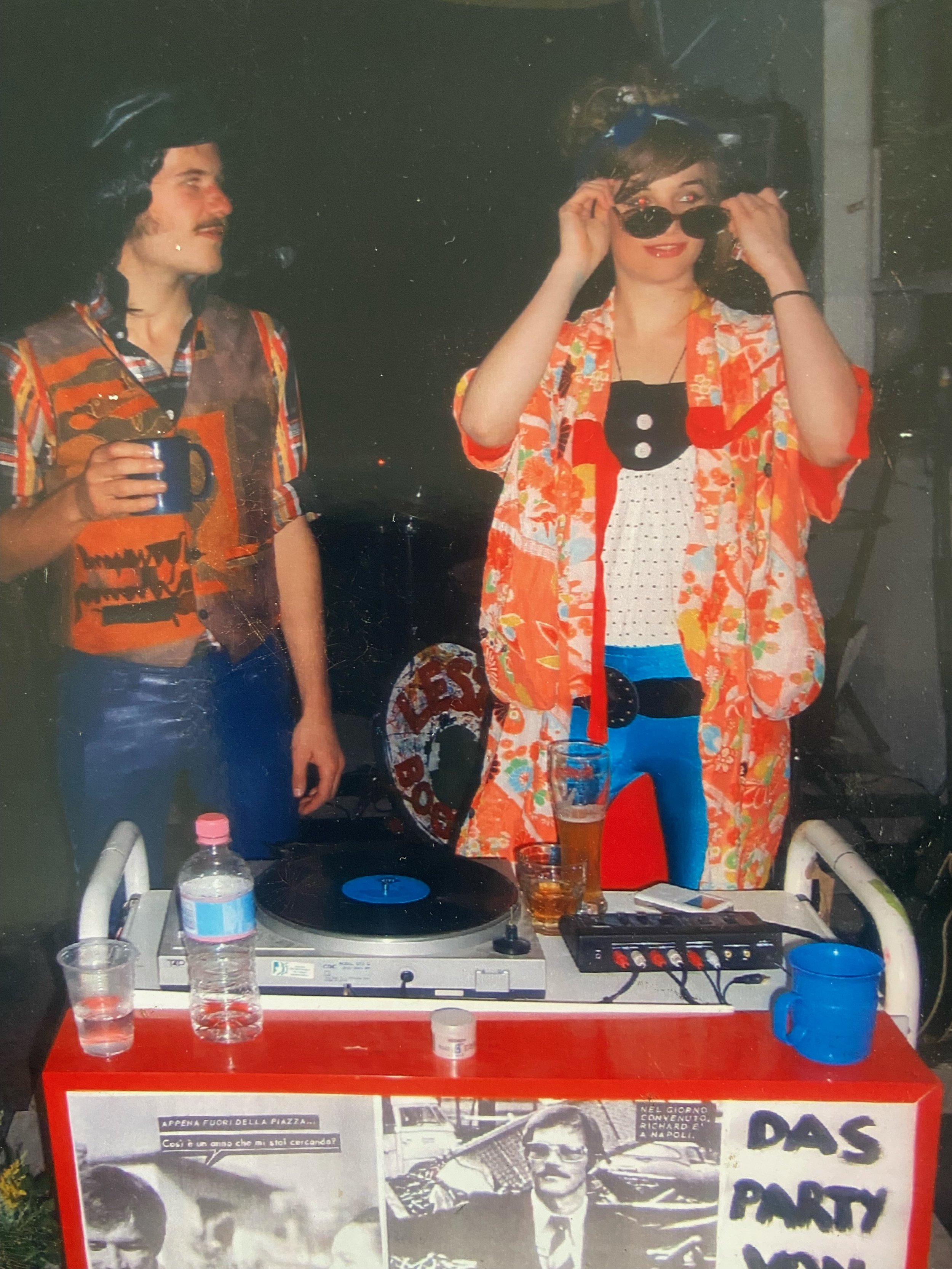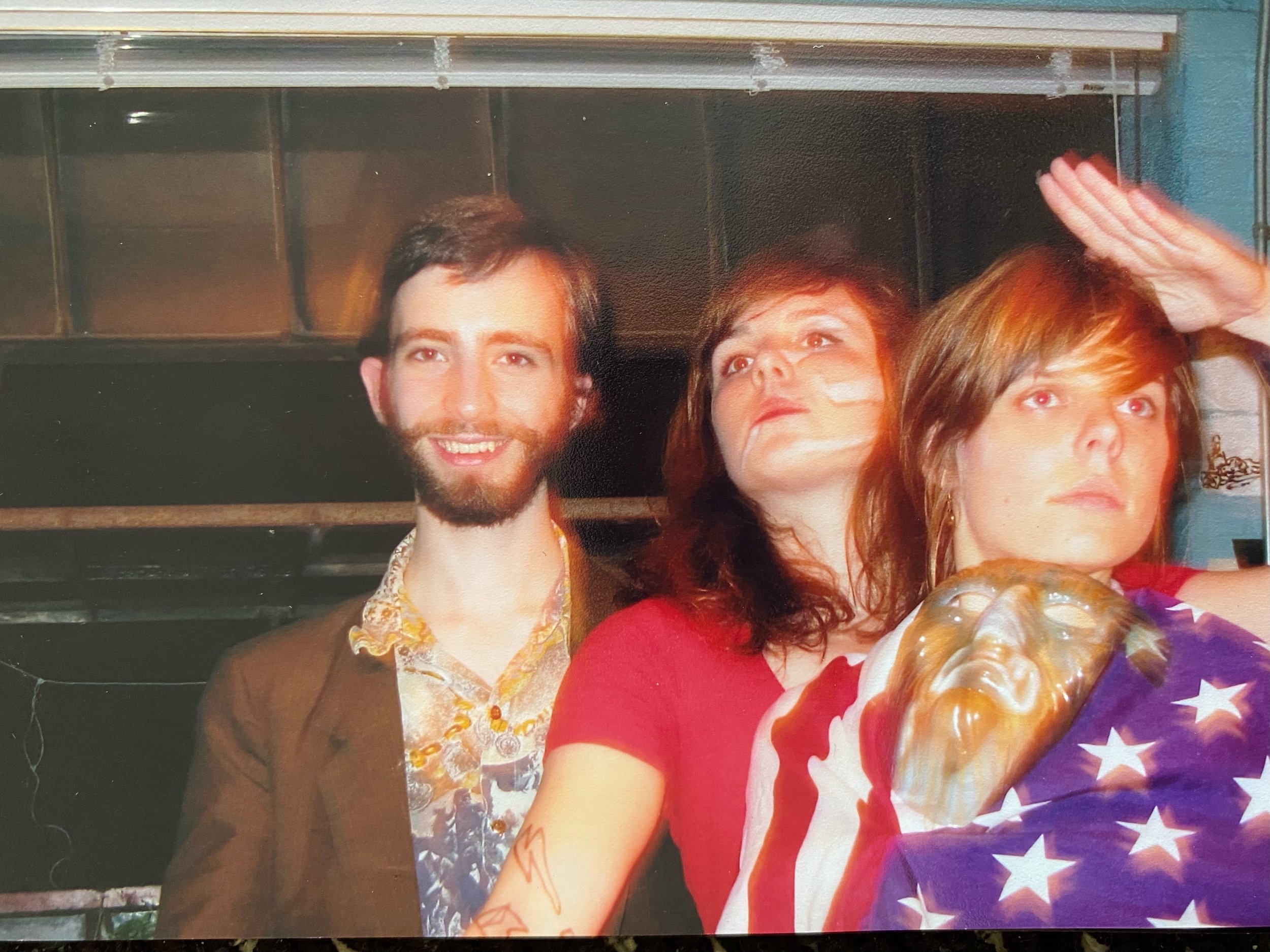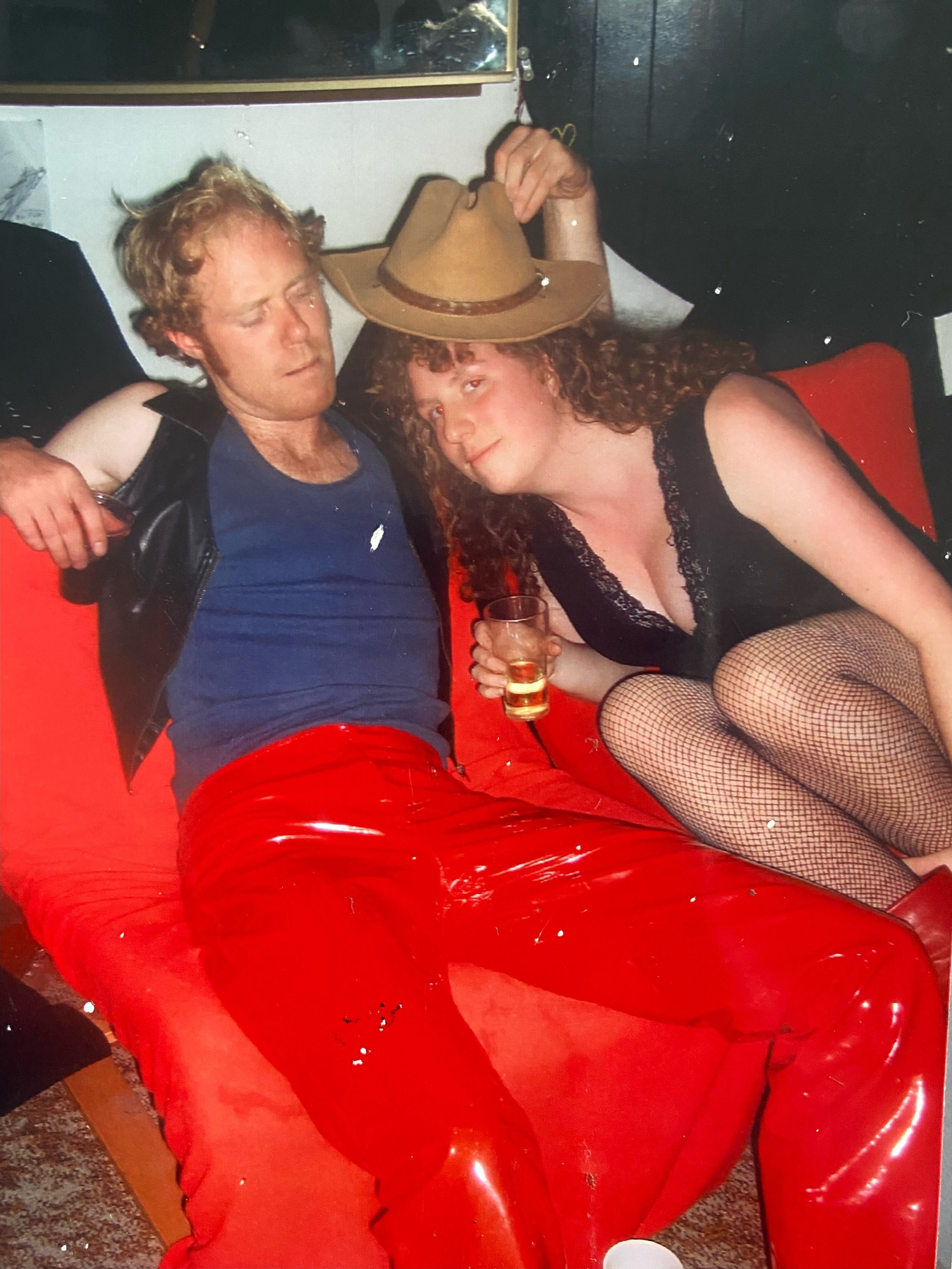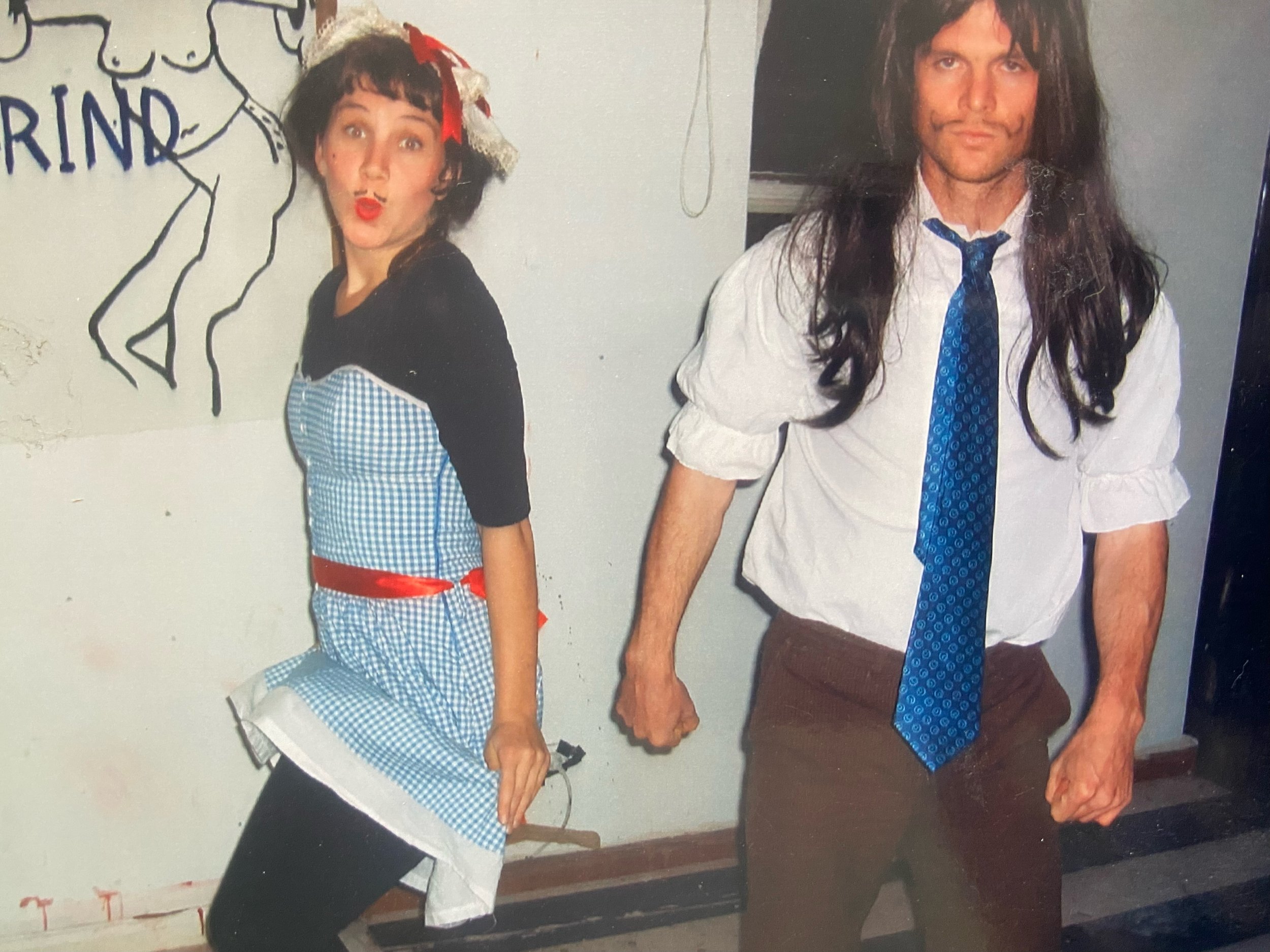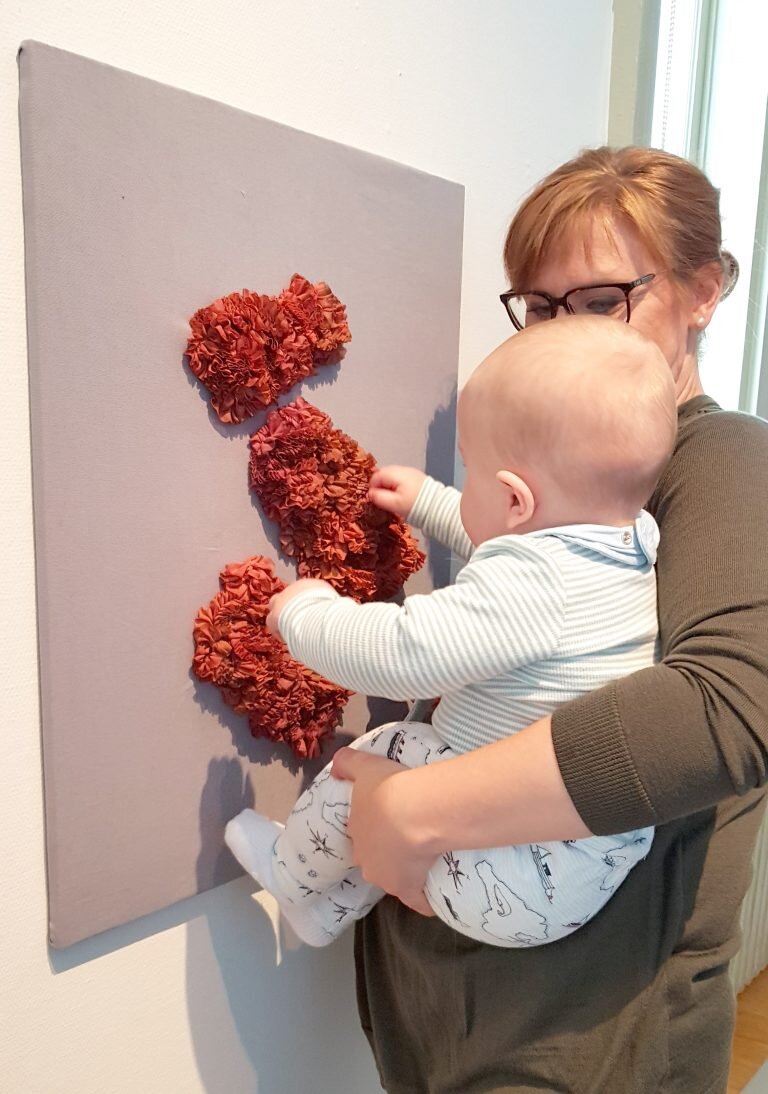Edie and I ran a series of workshops in the space with a wide range of participants, pre and primary school groups, a group from your DNA (an all abilities arts group from Ringwood) and people from a local Chinese community group of people living with dementia. Each workshop was vastly different and largely participant led. I was lucky to have been working for Polyglot Theatre for several years at that time, presenting many workshops with the amazing Sue Giles (still a huge influence and mentor). Sue gave me the skills and confidence to drop myself into a room of people and ride the participant led workshop rollercoaster!
It was impossible to recognise the significance of these workshops at the time but they became the seeds for several new works that would be led by co-design and participation (Specifically future works that would be developed at ArtSpace over the next 4 years - Sounding Stories, Islands & TiM).
The exhibition was a success as it drew people into this new cultural space to explore art with their hands! This was evidenced by the smudges of black conductive paint all over the walls (interaction trails I like to call them!). Evidently it’s good to use a strong fixative over the paint if you’re not after that effect! It was so important to have a space (and funds!) supplied by Arts in Maroondah to experiment, fail and succeed in equal measure.
In Touch is now part of our ‘Collaborate and Activate’ repertoire and will feature more community collaboration in future seasons of the work.
You can see / read more about In Touch here
If you are interested in presenting In Touch, collaborating with us or just want to say hi drop us a line: hello@playablestreets.com
If you would like to keep up to date with Playable Streets join our Mailing List


